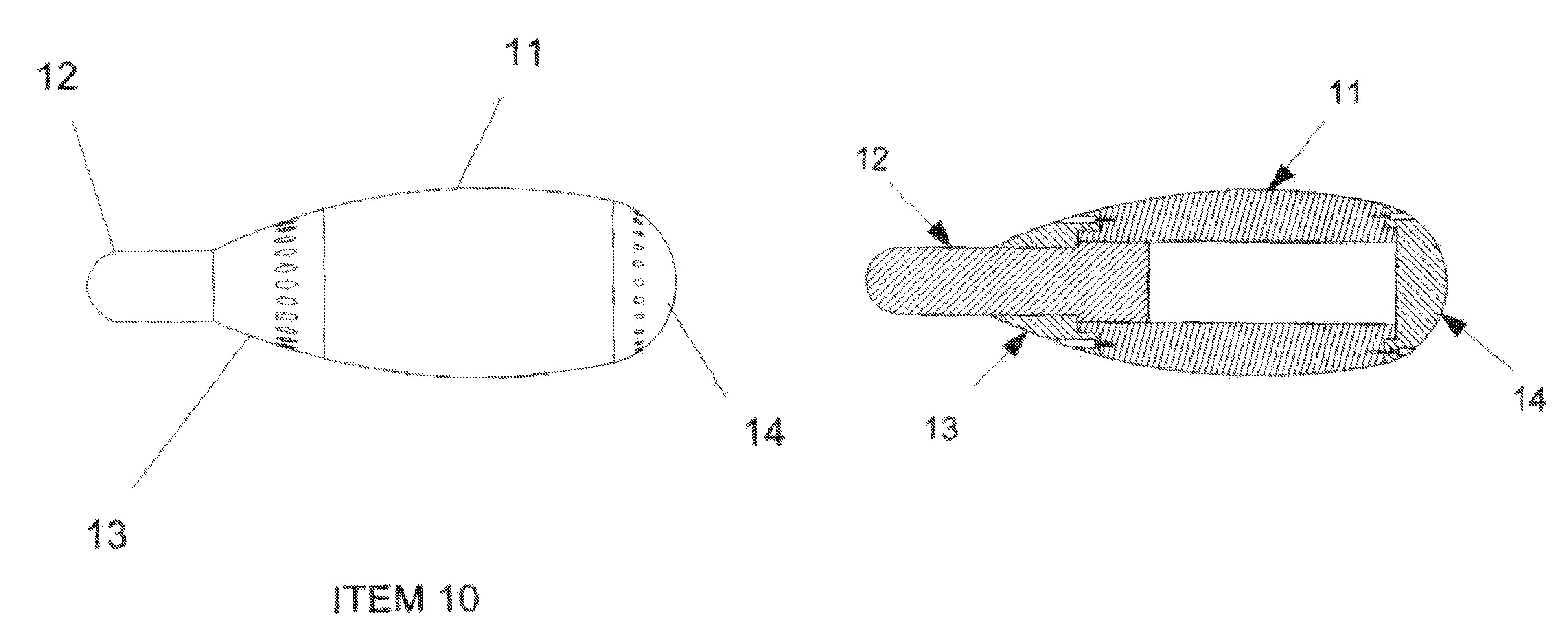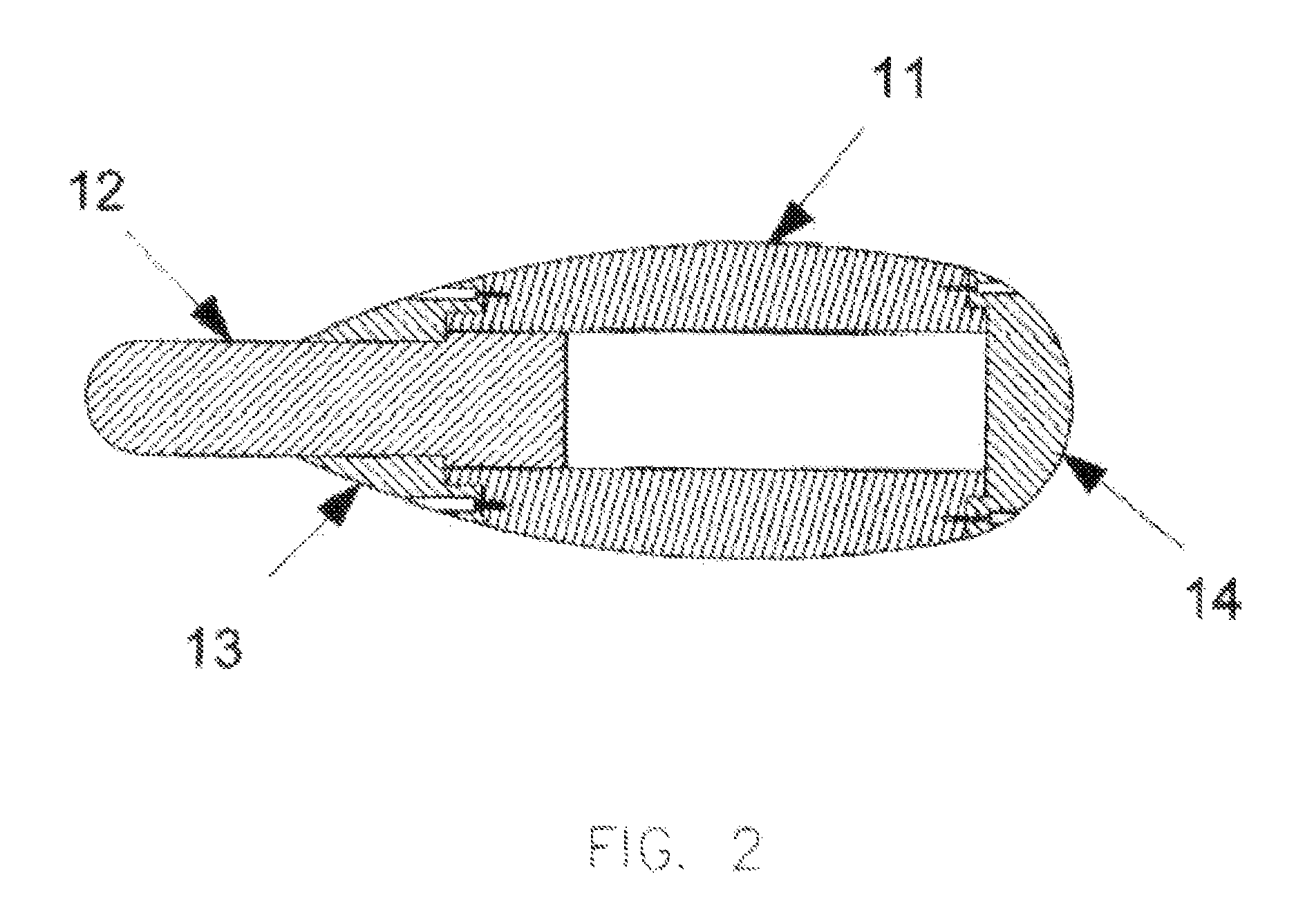Method and apparatus for permanent and safe disposal of radioactive waste
a radioactive waste and permanent disposal technology, applied in nuclear engineering, radioactive decontamination, nuclear engineering, etc., can solve the problems of not being considered useful disposal locations, unable to meet the needs and the capacity of the earth's core is so vast as to be limitless for all practical purposes
- Summary
- Abstract
- Description
- Claims
- Application Information
AI Technical Summary
Benefits of technology
Problems solved by technology
Method used
Image
Examples
Embodiment Construction
[0024]The invention will now be described in detail with reference to the attached drawing figures. It should be understood that the drawings are meant to be merely illustrative and are not necessarily drawn to scale.
[0025]Referring now to FIG. 1, the present invention is designed to provide the nuclear power industry and other organizations that generate nuclear waste, including both low- and high-level waste, with a special container 10 for nuclear waste disposal. This container resists increasing temperatures by being made of stainless steel or other suitable material. Stainless steel starts to soften at 1100° C. and melts at 1400°-1500° C. Other materials may be used provided that the melting point is greater than that of stainless steel. Ceramic materials, for example, are a usable alternative to stainless steel. The container 10 includes a chamber body 11 having a cylindrical inner chamber; a piston plug 12 which slides within the cylindrical inner chamber, thereby compensatin...
PUM
 Login to View More
Login to View More Abstract
Description
Claims
Application Information
 Login to View More
Login to View More - R&D
- Intellectual Property
- Life Sciences
- Materials
- Tech Scout
- Unparalleled Data Quality
- Higher Quality Content
- 60% Fewer Hallucinations
Browse by: Latest US Patents, China's latest patents, Technical Efficacy Thesaurus, Application Domain, Technology Topic, Popular Technical Reports.
© 2025 PatSnap. All rights reserved.Legal|Privacy policy|Modern Slavery Act Transparency Statement|Sitemap|About US| Contact US: help@patsnap.com



